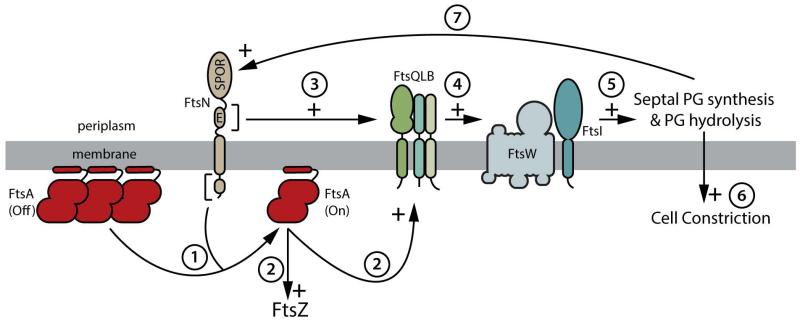Figure 9. A potential signaling system involved in controlling constriction initiation.
Shown is an illustration highlighting the major features of a model for a signaling pathway involved in controlling the initiation of cell constriction by the divisome. The transition of FtsA from an OFF to an ON conformation appears to be one of the major signals and may involve a change in polymerization state (step 1). The ON conformation of FtsA may then promote an altered, more stable, form of the Z-ring as well as directly or indirectly signaling its altered status to the FtsQLB complex (step 2). Because reduced FtsA self interaction bypasses the essential functions of FtsN, FtsN may normally facilitate the disruption of FtsA polymers to stimulate constriction (step 1). The essential domain of FtsN (E) is also likely to either communicate the status of divisome assembly directly to the FtsQLB complex to stimulate constriction (step 3) or stimulate the synthesis of septal PG by activating the septal PG biogenesis machinery (FtsW and FtsI) directly in a manner that is redundant with FtsQLB activity (not shown). Similarly, given that FtsA and FtsL variants can bypass FtsK function, FtsK may also play a role in modulating FtsA conformation and or the communication of divisome assembly status directly to FtsQLB (not shown). The input from upstream signals received by FtsQLB is likely to cause a conformational change in the complex that is, in turn, communicated to FtsW, FtsI, and the rest of the PG synthetic apparatus to stimulate cell wall remodeling and cell constriction (steps 4, 5, and 6). The entire process is likely to be reinforced by positive feedback loops involving FtsN recruitment (step 7) and possibly other as yet to be identified feedbacks. See text for details, and also the accompanying paper from Liu and co-workers for additional support for this general scheme (Liu et al., 2014).

